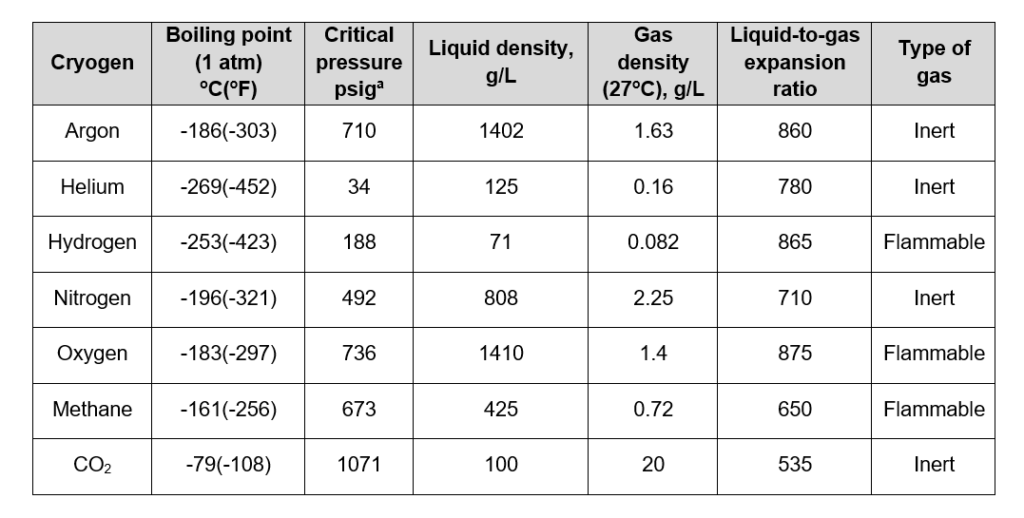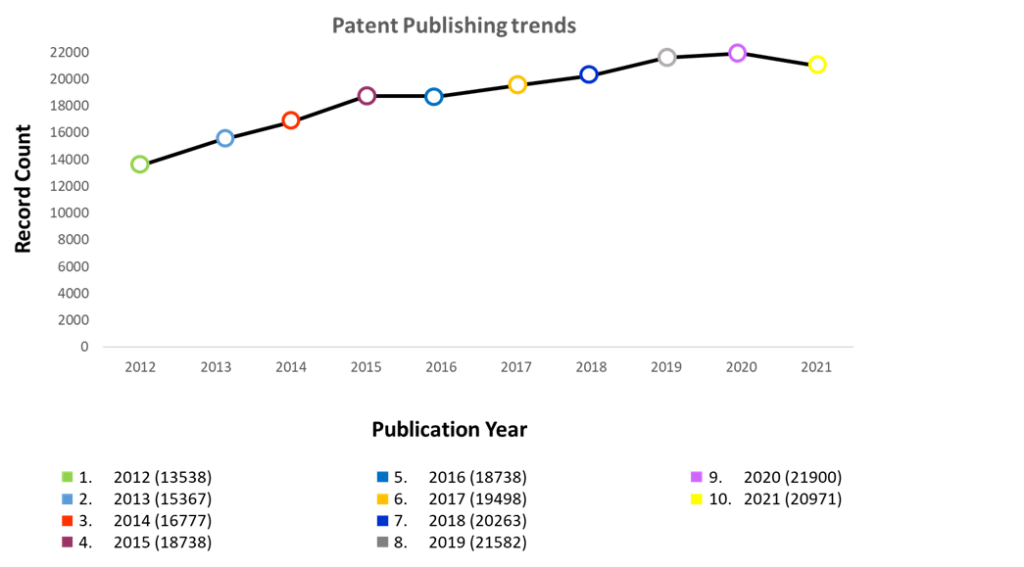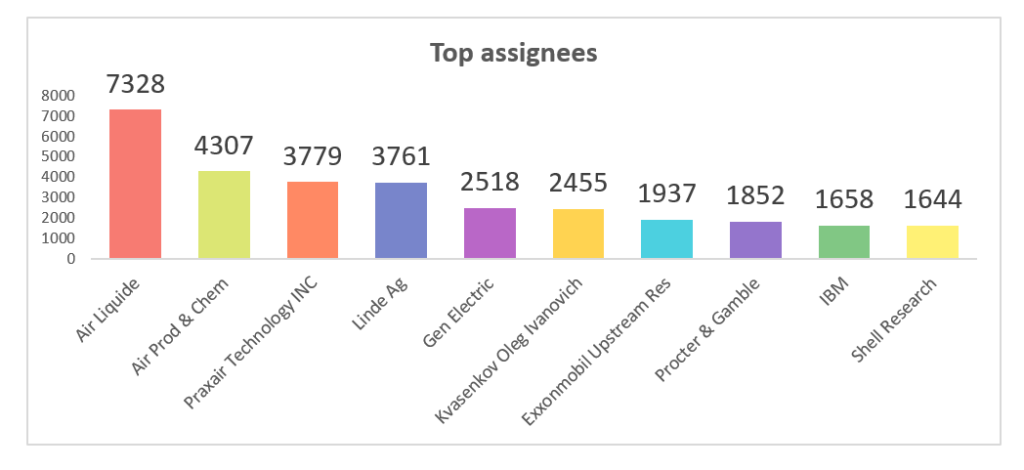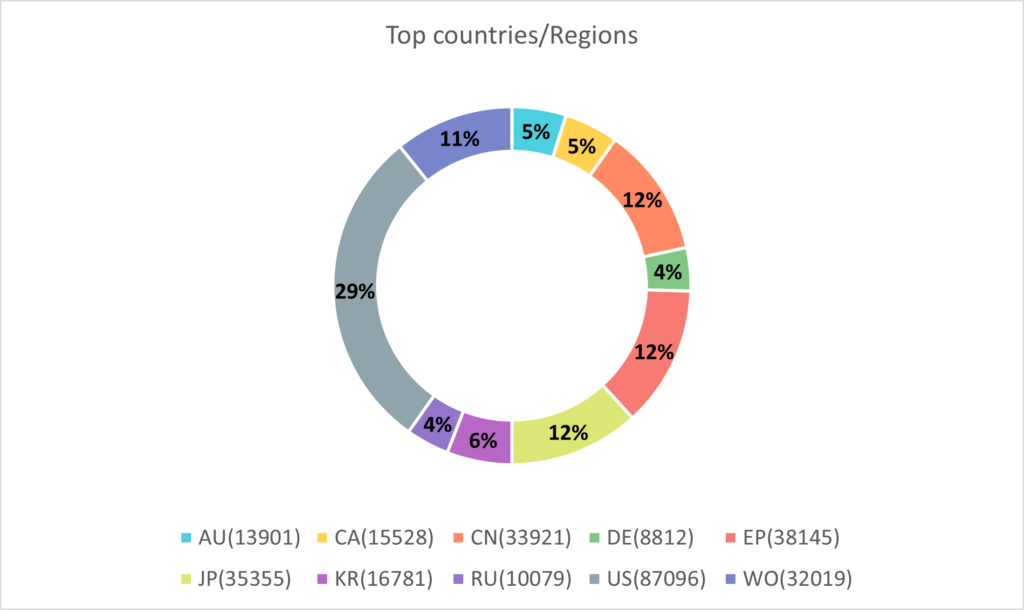Cryogenics
Cryogenics
Rapid growth in the current technologies inspires every industry to upgrade its working style. Technical professionals are on continuous research and improvement to increase efficiency. One among these is Cryogenics.
Cryogenics is the study of how to get the low temperatures and how substances behave when they reach such low temperatures. The word ‘Cryogenics‘ is derived from the Greek phrases’ Kryos‘ that means “Frost” and ‘Genic‘ that means “to produce.”
The phrase was first used by Prof. Kamerlingh Onnes of the University of Leiden in the Netherlands in 1894 to explain the art and technology of generating many minimal temperatures. He used the word about the liquefaction of everlasting gases, including oxygen, nitrogen, hydrogen, and helium. Oxygen had been liquefied at -183 C a few years ago (in 1887), and a race turned to melt the other everlasting gases at even lower temperatures.
- Cryogenic Gas Pressure, Density and Boiling Point Chart:
The temperature at which the cryogenic gases shift from liquids to gas (boiling point) is listed below. Smaller the boiling point, the colder the gas can turn.
The ratio of liquids to gas expansion shows how lots of air is displaced with the aid of a given amount of gas. Even a slight leakage of cryogenic gases can rapidly dislodge all the breathable air in a confined area.

- Few Advantages:
The benefits of cryogenics over various fields are as follows:
- Eco friendly
- Rapid freezing
- Inhibition of bacterial growth
- Limited dehydration
- Has higher mass flow rate than fossil fuels
- produce more thrust
- It saves a significant amount of space.
- Reduces the cost of transportation and potential hazards
- Cryogenic machining increases tool life, increases productivity, surfaces with better finish can be obtained, reduces machining time, and increases the material removal rate.
- Few Drawbacks:
Some of the drawbacks of cryogenics are as follows
- Naturally combustible LNG, a cryogenic fuel, might cause a large explosion due to the ignition of fuel spills.
- Cryogenic storage tanks must be able to withstand high pressure.
- It is dangerous to store and handle cryogenics gases.
- The density of cryogenic fuels is more extensive than air, regardless of non-toxic tendencies.
- Applications and Uses:
Cryogenic technology is used in various fields as follows:
- Cryogenic liquids are used in the space program for propelling rockets into space.
- Cryogenic liquids, for instance, oxygen, nitrogen, and argon are frequently utilized in industrial and medical fields.
- Cryogenics involves rapid freezing of some food items and the preservation of some biological substances, for example, livestock semen as well as human blood, tissue, and embryos.
- Cryogenic preservation is applied to Vitro fertilization which means developing possibilities of a woman being pregnant by eliminating an egg and preparing it with sperm, forming the zygote until it turns into an embryo and implanting it into the uterus of a female beneficiary.
- Cryogenically cooling is needed for detectors of many infrared cameras.
- In manufacturing tools, their tips are cooled using cryogenic cooling while machining.
- Some Vaccine storage needs cryogenic temperatures
- They are used in ” Cryosurgery ” surgery to eliminate undesirable tissue or tumors.
- It is used to transfer gases that are not usually cryogenic. For example, utilizing cryotechnology, gases can be converted into liquids to make them simpler to transfer from one point to another.
- They are used in treating cancers and abnormalities of the skin, cervix, uterus, prostate gland, and liver.
- They are used in MRI machines that use liquid helium and require cryogenic cooling.
- They are also used in cooling the superconductors.
- Patent Filing Trend:
Filings of patents on cryogenic technology are eventually rising.
The graph below shows us the Technology Investment Trend over the last 10 Years.

“Air Liquide” holds the maximum number of patents on cryogenic technology, followed by “Air Prod & Chem.” The chart below shows the Top 10 Assignees in cryogenic technology.

The United States seems to have a maximum number of patents filed cryogenic technology compared with other countries.
The graph below provides us with the details of the top 10 countries/regions with the number of patents.

- Conclusion:
Cryogenics can create a new world where industrial works have to be done at lower temperatures.
- Resources:
https://cryo.gsfc.nasa.gov/introduction/Cryo_Intro.html
https://trc.nist.gov/cryogenics/aboutCryogenics.html
https://gaslab.com/blogs/articles/cryogenic-safety
https://en.wikipedia.org/wiki/Cryogenics
- Keywords:
Cryogenics, Cryonics, Low Temperature, Freezing